For the first step, building amazing unique selling propositions, click here.
Now we’re going to walk you through a straightforward workflow to create the thing at the heart of your lead generating efforts. It’s called a permission asset. And if anybody outside your business wants it (and you bet your favorite bottle of tequila they will), they’re going to have to give a little something for it.
But first…
This blog is part of an extensive series on B2B lead generation and revenue growth (and salary growth - the thing that really matters to you).
The permission asset or lead magnet you start creating through this guide is going to have a profound impact on the business and your earning potential in it.
We show you step-by-step how to create every asset that will generate sales leads in this process through the series of blogs below:
- This blog about unique selling propositions.
- This blog about thought leadership permission assets.
- This blog about case study permission assets.
- This blog about buying guide permission assets.
- This blog about email marketing your permission assets.
- This blog about using social media with your permission assets.
- This blog about making sure prospects find your permission assets on your website.
If you’re reading this and you want a ton of new sales leads with high lifetime value and a shortened buying cycle, your best bet is to start with a consultation. You can contact us here for that.
What we’re laying out below is part of a lager B2B lead generation strategy. The kind that transforms a business and fastforwards a career.
If you’re interested in that, you’re in the right place! You can start here and move on to any of the blogs linked above.
In this blog, you’ll learn what a permission asset is, what it’s not, and why it’s more important than you think.
You’re going to learn how to shorten the buying cycle in your niche, reduce friction for your sales team and your prospects, and turn apprehensive buyers into advocates for your brand.
Want all those benefits without the work? We’ll do it for you.
Find your steps below and get on the path to the revenue growth you want.
What is a permission asset (PA) & how does it generate leads?
Most visitors to your website never wave to say hello.They don’t strike up a conversation just to chat. They don’t share their contact information with you.
Only about 2.25% of the website traffic B2B equipment manufacturers or suppliers generate will convert into a lead by:
- Completing a form on your website (1.1%).
- Emailing the info@ address from your footer (0.15%)
- Calling the phone number from the header or contact page of your website (1%).
How do you compare? Here’s the quickest way to find out.
- Open your Google Analytics dashboard.
- Look at your total number of website visitors over a defined time period
- Then open up your CRM and find the number of sales leads over the same defined time period.
- Divide the # of sales leads by the # of website visitors. Maybe you get a number like 0.0125.
- Multiply by 100 and that’s the percentage of your website visitors converting to leads.
That’s your number.
So how can you increase it? How can you possibly follow up with them if they don’t inquire about something today? How can you make sure they didn’t overlook important info that would help them convert to sales? How can you give them value and improve your relationship to the point where they trust you?
Want to get your boss to buy into this plan?Download this blog as a PDF and attach it to your budget presentation.
This is where we talk about the permission asset.
The goal of a permission asset is to increase the percentage of visitors saying hello and sharing their contact information. It’s an easy way to get way more sales leads than you get today.
You never have to learn how to find B2B leads. You let them identify themselves for you.
At a very high level, a permission asset is something the visitors to your website are willing to exchange their contact information to get. They complete a form, they get the handy guide to cleanroom particle counters, or rotary evaporators, or slump test equipment, or whatever you manufacture or distribute.
This permission asset builds the foundation for all future marketing efforts to that prospect (and others like them).
And you want that permission asset to offer knowledge targeted toward someone at the top of a sales funnel.
What sort of questions or concerns does a prospective customer have when they begin their journey toward purchasing the equipment or services you provide?
These are the perfect questions to answer in your permission asset. This way you know you will attract targeted and qualified prospects. Your content is only helpful to people with an intent to purchase and these are the people to focus your energy on.
But why do you need ANOTHER step in the sales process?
Because prospects are visiting your website right now and you don’t know who more than 97% of them are. That means the business you own or work in is currently surviving on less than 3% of the sales it could, in theory, make. Imagine capturing another full %. Or two.
This is another way to get prospects to reveal themselves to you. It’s always better to give them more opportunities to do this, and in the process you can get them excited about what you do for them.
And you get to control the narrative with those prospects. You get to influence the specs that go into an RFQ. You don’t lose your audience to BS from another manufacturer or supplier.
If you work in an industry where there is a lot of knowledge to be shared, why not get something in exchange for the knowledge you already have?
It's a very small commitment for any prospect visiting your website to enter their email address in exchange for something that can:
- help them save money
- or make a better purchase
- or look better to their boss
- or make their staff happier and more likely to stay with the business
- or help them compress time
This is the ideal strategy for challenger brands. You're not the industry leader in your product segment right now. If you were, you probably wouldn’t be reading this. Because this is one of the strategies that puts you in that leadership position.
Aside from getting prospects to share their information, think about it what it does to the positioning of the next person they come in contact with at your company.
When you go to the doctor they don't try to sell you a prescription. You go to them because they are the expert in this space and you seek their experience and expertise to figure out what you need.
The permission asset positions you or your staff as the doctors with the expertise to make educated, valuable recommendations. Maybe life-changing (at least work-life-changing) recommendations.
Get your permission asset plan approved by using this blog in your budget presentation.
Take your copy of the PDF here.
What type of content can be used as a B2B sales lead generating permission asset?
Here’s the main thing you need to be able to say about your permission asset once it’s written and designed.
This is helpful to my prospective customers.
Fill it with knowledge you find yourself sharing on sales calls. Knowledge you wish you had earlier in your career. Knowledge that’s not common. And knowledge that is.
If you’re a sales manager, for example, you don’t need to have unique knowledge. You just need to have smart positioning (and you already worked on that when you developed your unique selling propositions in the previous blog here). That smart positioning is your unique angle. And your unique angle is the best way to engage with end users.
Make it comprehensive, so you can confidently and persuasively use it to influence a prospective customer to exchange contact info for it.
How do you write a permission asset?
First choose what type of content you will write or have written for you: This could be in the form of:
- A thought leadership article (you can learn exactly how to do this by clicking here).
- A case study (you can learn exactly how to do this by clicking here).
- A buyer’s guide (want to do this? The step-by-step guide is available here).
We recommend these three most often.
There are others, like whitepapers and application notes and eBooks. But in a way, those are all sort of stale takes on the three options we recommend above (thought leadership, case study, buyer’s guide).
*Why don’t we think a buyer’s guide is as stale as a whitepaper? You’ll see below*
From here, you can do two things.
- Look for ideas first
- Or choose the permission asset type first, and jump to that section via the links above.
First, we’ll show you where to find ideas.
Then, we’ll explain what each type of permission asset is, and show you how exactly to write/create/direct the creation of it.
Having a hard time thinking of what your first permission asset will talk about? Want to know where you can look for ideas?
Here’s a high level look at 13 places you can find easy subjects to write about.
1. Google autocomplete in the top search bar of your web browser (just start typing about your product or industry and see what Google recommends).
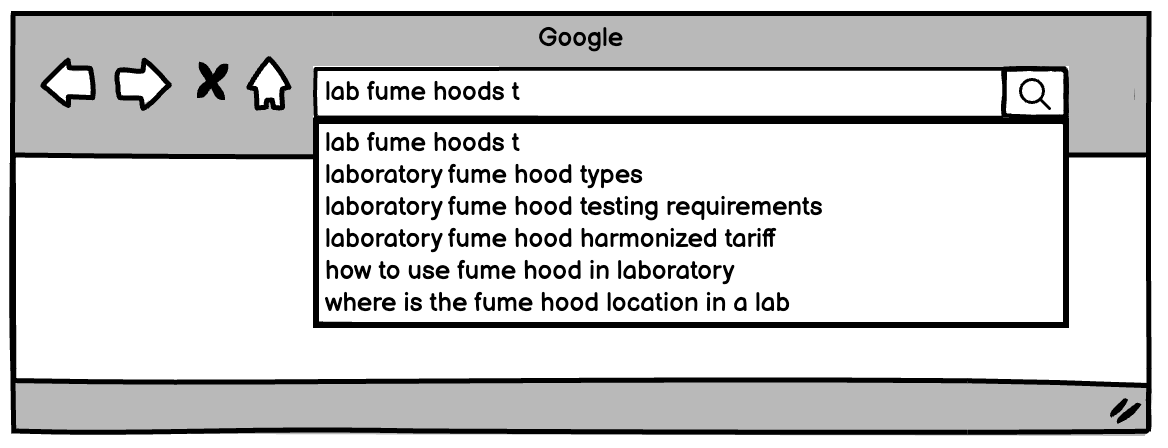
2. Google search results suggestions (all the way at the bottom of the page when you type a search)
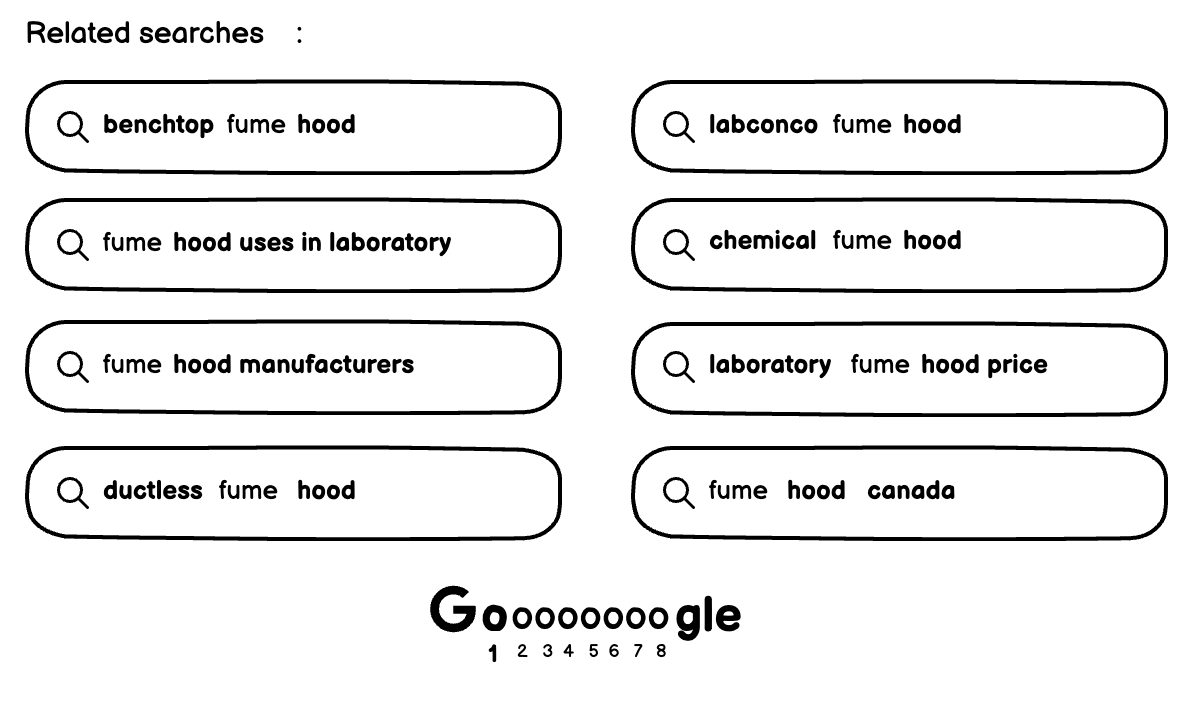
3. Ahrefs.
a. We use Ahrefs for lots of reasons. One of these reasons is finding questions related to B2Bs we work with.
b. After you sign up, you can find questions related to your query thusly:
i. Click on Keywords Explorer.
ii. Type in your words and hit enter.
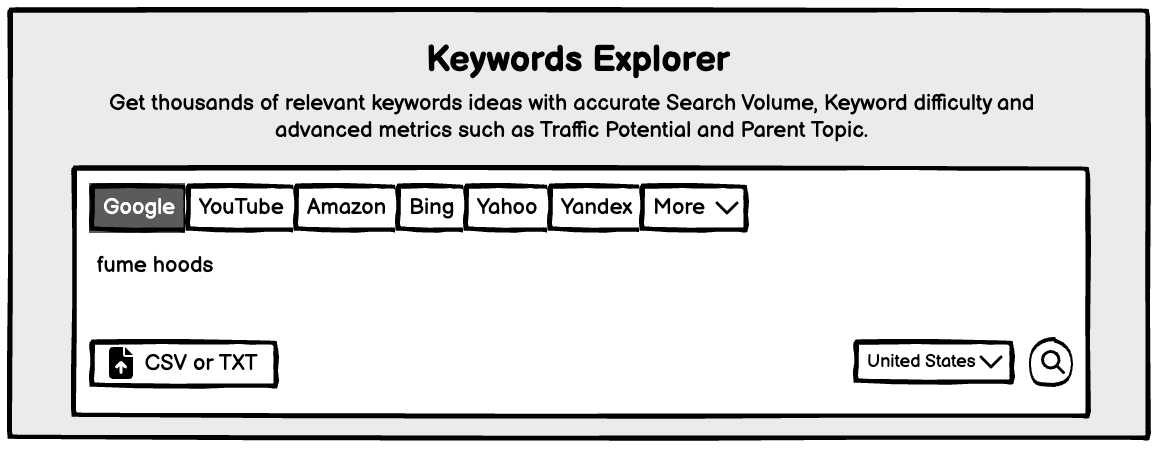
iii. The results page includes questions people search for related to the words you typed in the previous step.
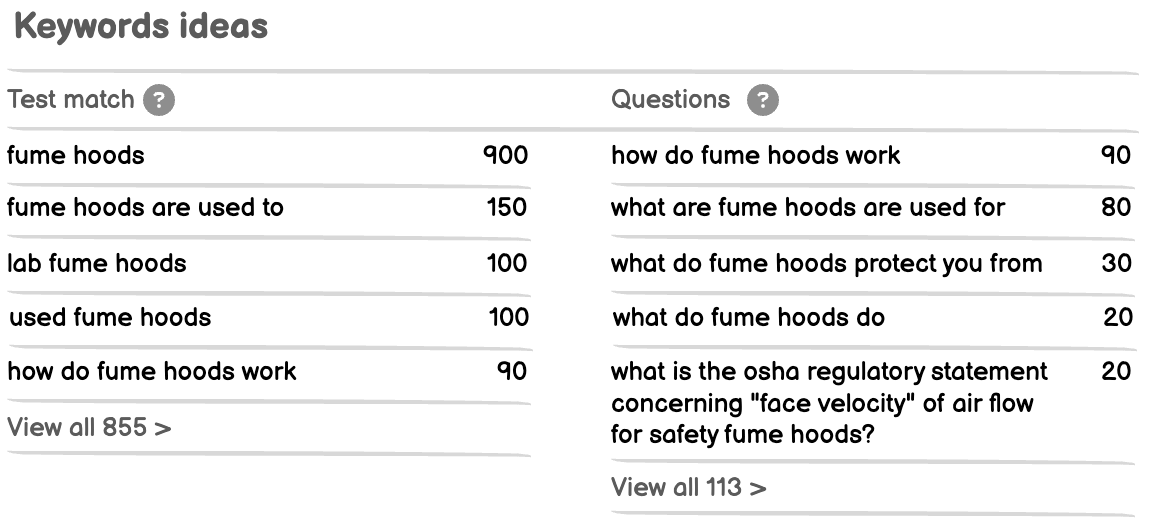
c. And now you have ideas.
4. Search on YouTube

5. Search on Reddit. Even if you’ve never used the website before, just throw your keyword into the search and browse thousands of conversations where people have mentioned it.
- Here you’ll get unfiltered discussions about the subject. It’s as close as you can get to listening in to your customers with top secret but totally legal spy gear.
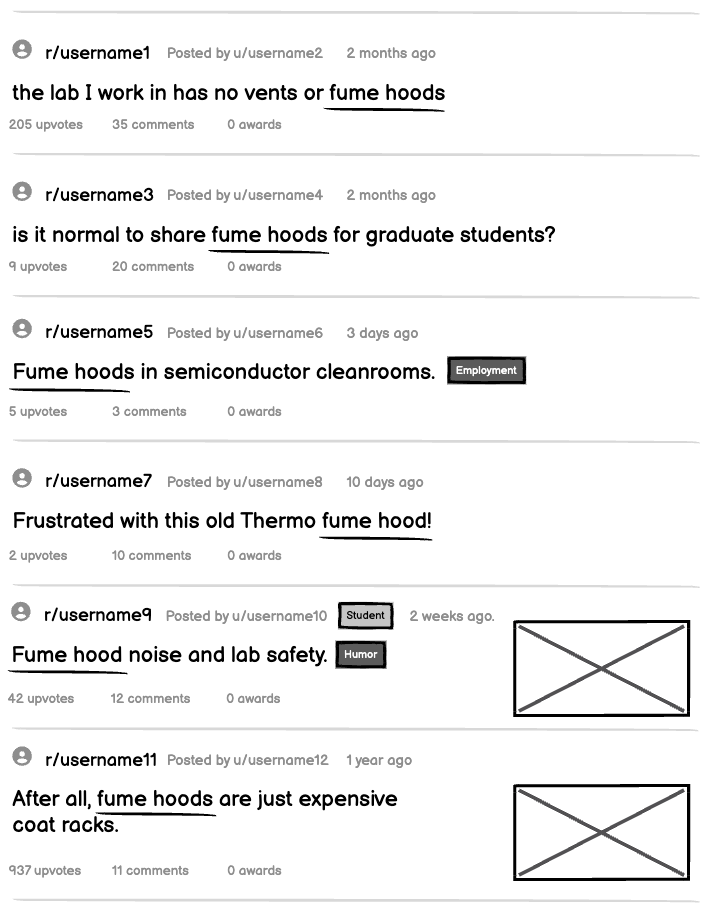
6. Join LinkedIn and Facebook groups relevant to the industry you sell into.
- Just type a keyword or series of keywords into the search bar.
- Click on the groups button that appears in the search results.
- Join the group.
- Scroll through the post history and see what folks are thinkin’.


7. Search on Google for product reviews. For your own products, for competitors’ products, and for the products your customers sell to their own customers. In the reviews, you can often find insights into challenges those audiences face.
8. Look for questions people are asking in industry-specific forums your target audience would belong to.
a. Like ResearchGate.net for scientists
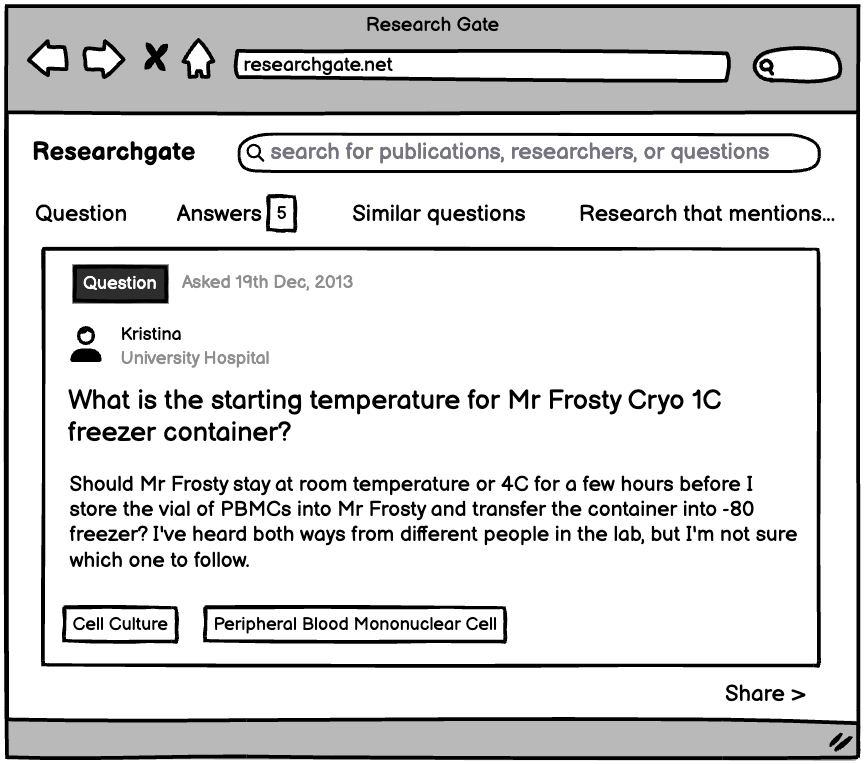
9. Look on general forums like Medium.com and Stackexchange.com where people are asking questions about technology in your industry.
10. Search your product category on Kickstarter.com and see what innovations (or pipedreams) people are working on in your area.
11. Look at what your competitors say on their websites and in their own permission assets.
a. Maybe you can correct them.
b. Maybe you can go further than them.
c. Maybe you can aggressively contradict them.
12. Find the secret insights in Google Shopping.
a. Search for your product category on Google.
b. In the search results page, click Shopping.

c. Sort by product rating.
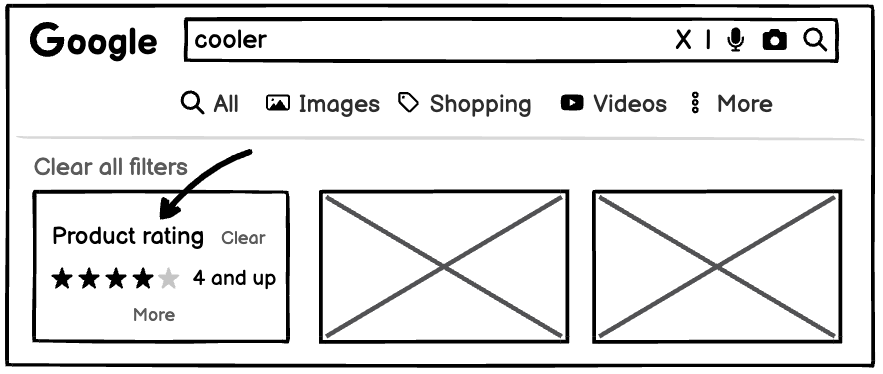
d. Then you can click on the product reviews to see what people are saying.
e. Even if the content you want to create isn’t centered around a product, by searching products from your subject area you uncover reviews that give insights into problems you can solve in your permission asset.
Want us to find the ideas for you? We’re waiting to hear from you.
You might already have things to repurpose into a valuable permission asset
Most B2Bs have plenty of existing material to turn into a permission asset prospects will want to read. And there are different sources depending on whether you’re a manufacturer or distributor.

Or it might be something else.
Open up your Google docs or search Office365 for keywords.
In the spring of 2023 we searched for “testimonial” in our Google docs. It turned up a document with short testimonials we’d forgotten about from several years ago. We reached out to the businesses named in those stale testimonials and half of them agreed to a chat, leading to several unexpected and valuable case study permission assets!
Or maybe it’s not an existing document or creative asset of some sort. Maybe it’s a person.
Who do you have that you could leverage to create content from?
Your orbit is full of people with unique insights that could help you create valuable content - whether it’s thought leadership, a case study, or a buying guide.
Who are these resource-rich bodies floating around you?
- A sales person in your business who is passionate about a specific market segment.
- A customer you have encountered repeatedly who uses your products to solve a key challenge
- An engineer who designs products you sell.
- A marketing manager who spends lots of time evaluating the competition.
So those are all the places you can look for ideas.
And now, which type of permission asset are you going to produce?